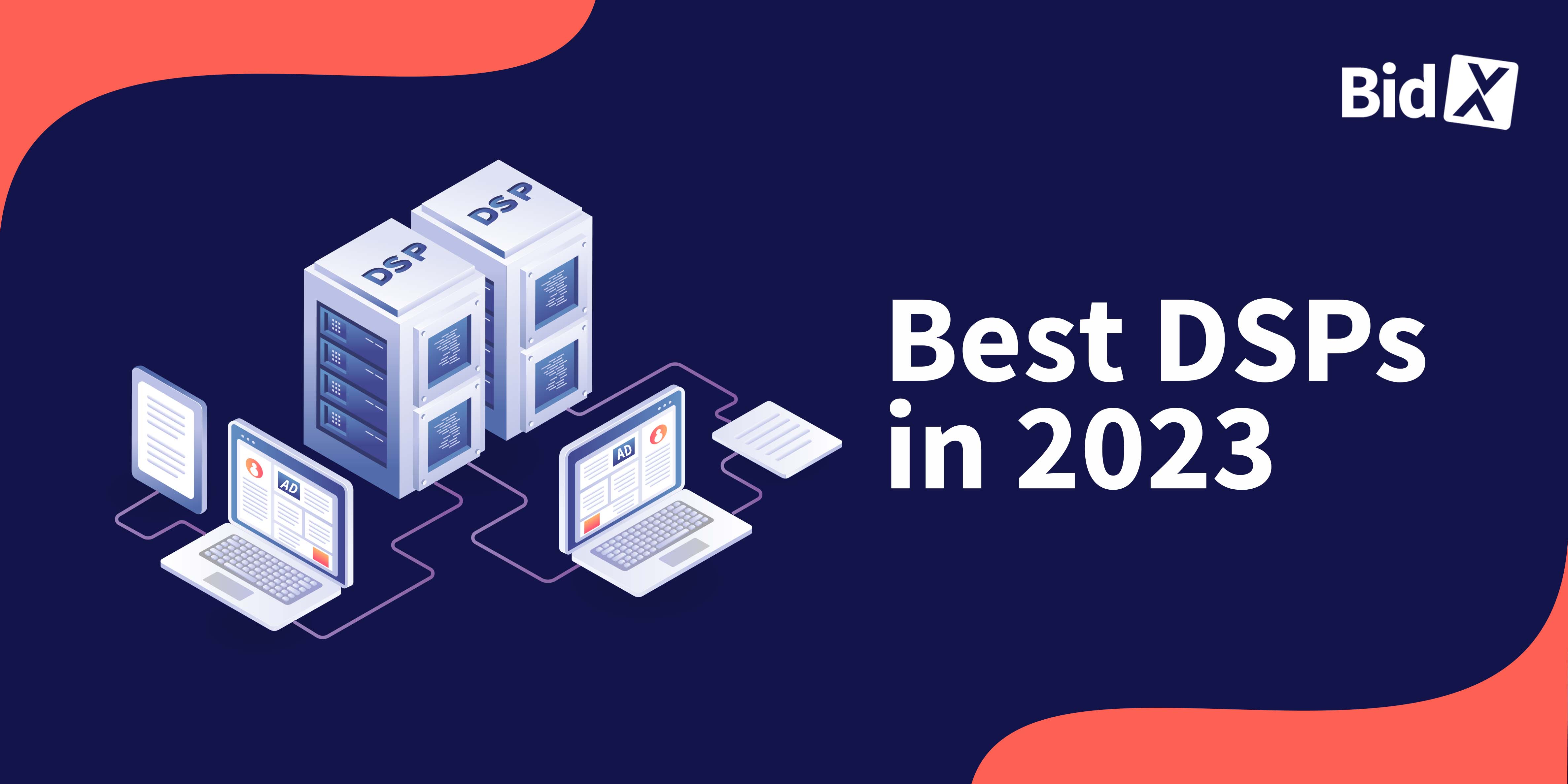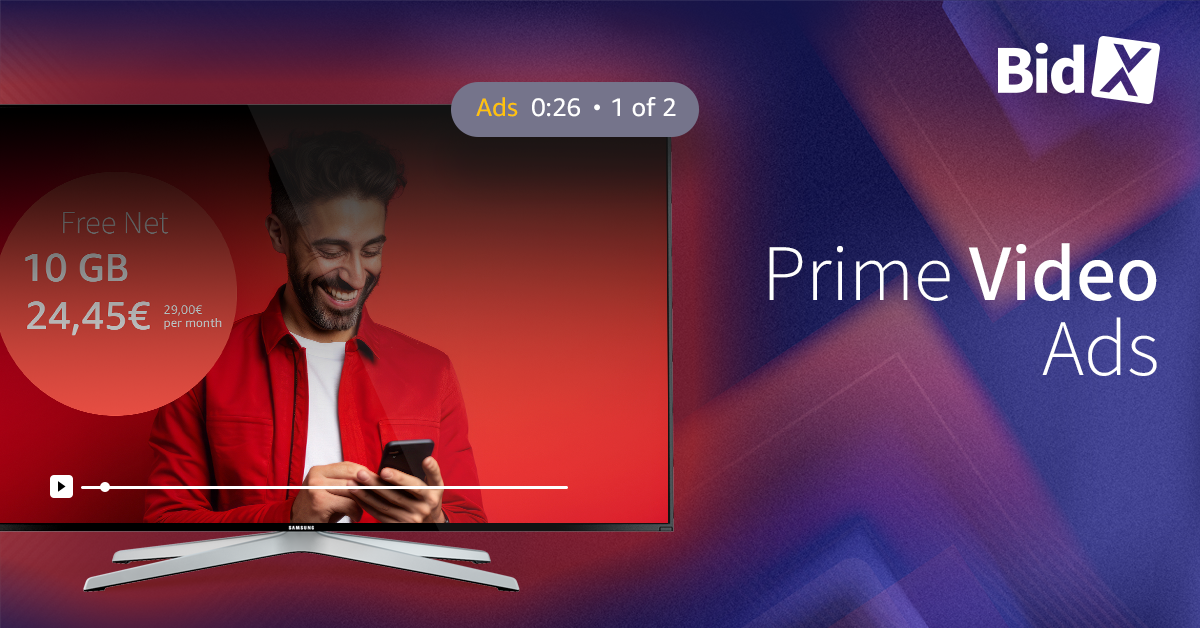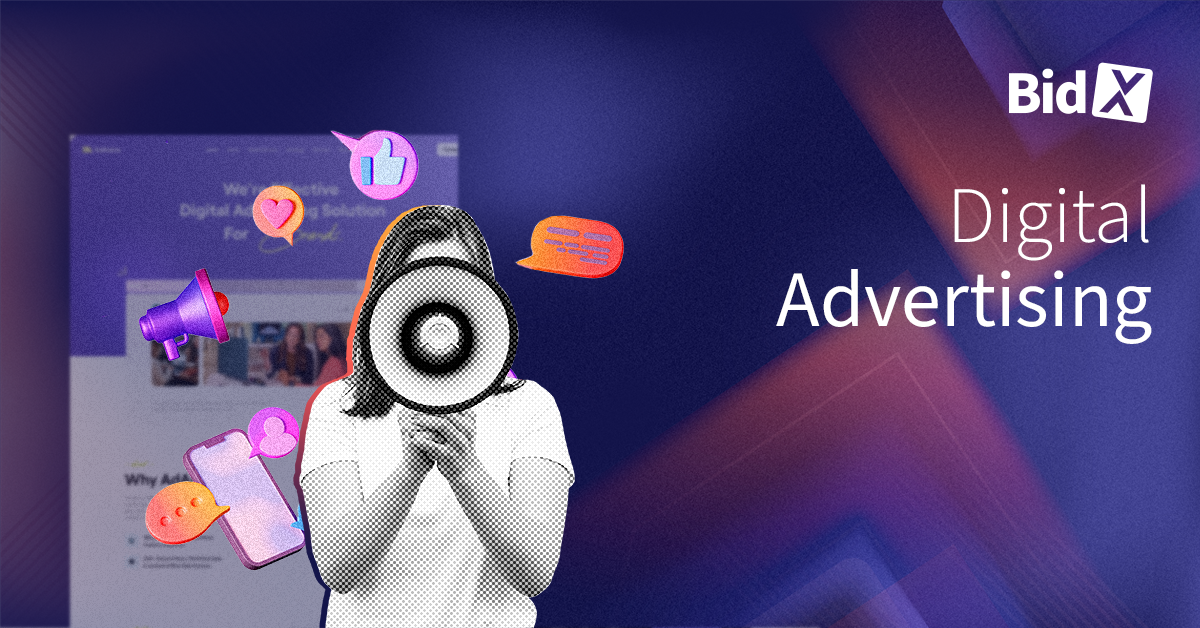Everything you need to know about Programmatic Advertising
Programmatic advertising grows in relevance every day, due to digital advertising taking up increasingly more budget of advertisers. If you're new to this kind of advertising, then buckle up, because today you will learn what programmatic advertising is, how it works, as well as its benefits and risks.
What is Programmatic Advertising?
Programmatic advertising is an algorithm based approach that allows advertisers to reach their target audiences with greater accuracy and efficiency than traditional advertising methods, with help of demand and supply side platforms DSP/SSP. Programmatic advertising works by software that automates buying and selling advertising space. Advertisers use a demand-side platform (DSP) to bid on free ad space. The bids are then placed on supply-side platforms (SSP). All of this happens in real time, with an algorithm determining, based on the user's collected data, what ads to show to which user. Advertisers can buy ad inventory across the internet including display, mobile, video, and social media platforms. Programmatic uses real-time-bidding (RTB) to buy and sell ad impressions, with algorithms analyzing data about each user and the targeted ad inventory to determine which ads to display to the users.
What is real-time-bidding?
Real-time-bidding (RTB) is used for auctioning marketing space on websites, via bidding. As soon as a bid for marketing space becomes available, marketers can bid on it, and the highest offer will make a deal. The advert of the winning advertiser is being displayed immediately.
What are DSP and SSP?
DSP Demand-site-platform
A Demand-site-platform is a programmatic software for advertisers. DSPs find and place bids to buy ad space. This is accomplished by the software scanning the different offers that are viable through SSP. It's possible to select target audiences based on their demographic, shopping pattern and product preferences.
SSP Supply-side-platform
A Supply-side-platform is a programmatic software for publishers to bundle up their offers for advertising space, and then showcase them to a greater number of potential buyers, who can easily buy the space, and place their adverts.
How relevant is Programmatic Advertising Now?
Programmatic Advertising is as relevant as it can be in digital advertising, with it being the most used method of buying and selling advertising space. Programmatic accounts for 85% of the online ad spending of companies in the United States. The situation in Europe is no different, with programmatic making up 80% of online ad spending.
With the continuous evolution of programmatic, it's expected to see new innovations and capabilities, improving the efficiency and effectiveness of digital advertising. It doesn't matter if you're a small business or a large enterprise, programmatic offers a powerful way to reach your target.
How do I run programmatic ads?
First you have to define your ad types, like display, video, or in-app ads; then plan and create the ads you want the target group to see. Next, you have to set up the DSP, after that you’re ready to get started. To optimize your ROI, think about the components of your campaign setup, like duration, audience size, and budget, this will help to determine the CPMs you need to win your bid. CPM prices vary by ad type and size. Generally speaking, display or picture ads are cheaper than video ads. Based on CTR, CPC and conversions, you have the ability to evaluate your campaign and make changes in it to either reach more of your target audience, have more conversions or save money. The changes, of course, will be instantly, even though the results may take some time to become apparent.
How much does programmatic advertising cost?
The cost of programmatic advertising is based on your CPM. CPMs will change in price based on your budget, DSP settings and target audience, as well as the length of the campaign. These factors will change the CPM and with it the price of the campaign. For example, trying to reach a niche audience will be more expensive than just trying to advertise to a very broad one. With programmatic, advertisers will be charged the prices based on Real-time bidding (RTB).
Benefits and Challenges of Programmatic Advertising
With programmatic being used frequently, it's useful to take a look into why an increasing number of advertisers decide to use programmatic Advertising.
What are the biggest benefits?
1: Accuracy: With Programmatic advertising, you can target specific audiences much more accurately and efficiently than ever before.
2: Real-time optimization: Campaigns managed with programmatic can be optimized instantly, target groups or other key factors for your campaigns can be changed long after it started. This makes programmatic very versatile.
3: Efficiency: Traditional advertising requires more time, you need to conduct negotiations, and create insertion orders. With programmatic, the process is more streamlined. Advertisers can buy and place ads nearly instantly through Real-Time Bidding. Programmatic media buying is also cheaper by playing ads only to relevant audiences.
4: Transparency: Traditional media buying works with buying ads in bulk, and trying to have as many impressions as possible. Advertisers have little control over the inventory and placement. With programmatic advertising, advertisers know where their ads will appear and can be more confident that they're actually reaching their target audience.
What are the biggest challenges?
1: Ad Blocking: Audiences become harder to reach, due to the use of ad-blocking software to prevent ads being shown on their devices. This complicates reaching your target audience efficiently.
2: Brand Safety: With programmatic, brands have less control over where their ads are displayed. While programmatic makes sure to show adverts to the right audience, the place and time is much less controllable. They may end up appearing next to inappropriate or offensive content, which can damage the brand's reputation.
3: Ad Fatigue: Programmatic advertising can lead to the so-called “ad fatigue”, where consumers become increasingly bored or stop paying attention because they're seeing the same ads repeatedly. This may lead to a decline in ad effectiveness.
4: Learning curve: Programmatic requires a lot of learning, as well as experience to master. Working with partners (Like us!) can help advertisers with establishing programmatic advertising.
Amazon DSP
Amazon also has its own Demand-Side Platform. The Amazon DSP offers you more than regular DSP because it enables programmatic buying of display, video, audio, and in-app ads both on and off Amazon. Amazon DSP gives you access to audiences and insights from the millions of shoppers across Amazon’s website, this makes it possible to track even more specific target audiences.
With Amazon DSP, you can plan your programmatic ad campaign to:
1: Reach the most relevant audiences and use insights from Amazon to inform yourself about the varying ways you can reach them
2: Open up Fire TV, IMDb TV, Twitch, and more for you to market on
3: Deliver ads that can reach your target audiences by their preferred touchpoints like video and audio
4: Get real-time updates of how successful your ad campaign is
Conclusion
Programmatic advertising is a very powerful tool for advertisers to automate and streamline their digital advertisement. By automating the process of buying and selling advertising inventory, programmatic helps businesses of all sizes to improve their advertising ROI and reach their target audiences more effectively. We can be sure that the influence of programmatic advertising will only grow in the future, with more and more of our everyday life taking part online. If you also want to try out the giant benefits coming with programmatic, try BidX!
With BidX you're also able to use programmatic advertising, without having to learn the details of it. Arrange for a non-committal first showcase, and let us show you the strengths of our industry defining tool.






